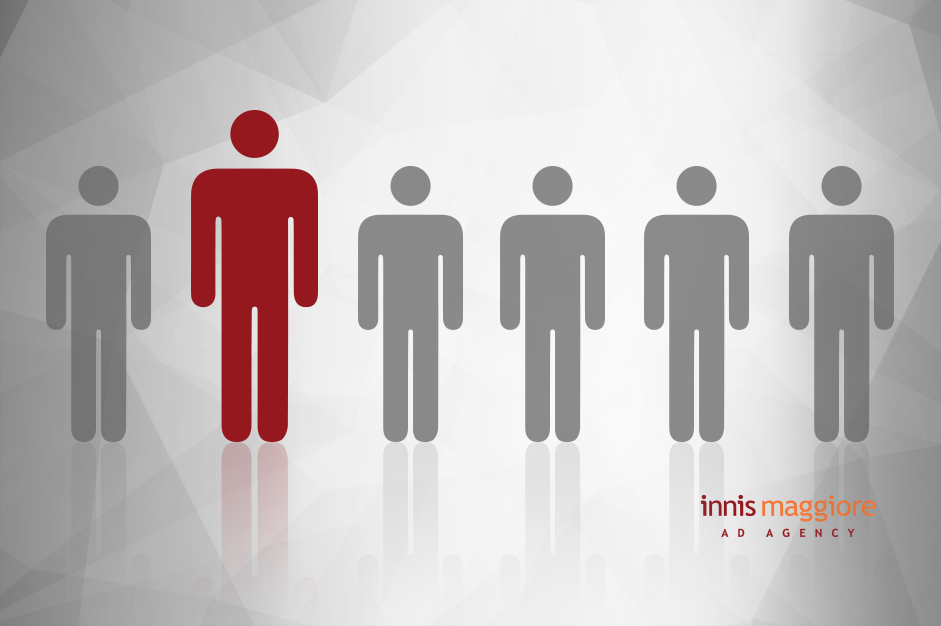Positioning is the foundation to building a stronger, more valuable and sustainable product or service. Consumers come face to face with the principle of brand differentiation every day but hardly pay much attention because, well, it’s just there.
Differentiation is the very foundation on which successful brands are built and grow. And there is no limit to the scope and magnitude of brands. They are products and services, schools and institutions, cities and regions, even candidates for elected office.
Consumers decide where to direct their loyalties and their dollars (or votes) based on how they relate to the difference in one product or service, compared to their competitors.
Marketers work to differentiate their brands to build their value. Done properly, the result will be more sales at a higher price. Differentiated brands are infinitely more valuable than me-too brands.
Positioning your brand is the foundation to building a stronger, more valuable and sustainable brand. Positioning is all about finding and then focusing on that idea that differentiates your brand from the competition in a meaningful way to your prospects and customers.
So, how do we do this?
Over the years, we have found several established ways to ensure brand differentiation.
The ultimate brand differentiation idea is to own the category itself. Google owns search. Heinz owns ketchup. Kleenex owns facial tissue. Xerox owns copiers. Fact is, only one brand can own the category; all the other brands in that category must find another way to differentiate.
The most common way to differentiate is to own an attribute. We are familiar with several examples in the toothpaste category. Crest owns the attribute “fights cavities.” Aquafresh owns “tarter control.” Sensodyne owns “sensitive teeth.” Colgate owns “whitening.” Close-up owns “fresher breath.” We can find examples in every category. FedEx owns “overnight delivery.” Volvo owns “safety.” Domino’s Pizza owns “delivery.”
Leadership is the most powerful brand differentiation technique. Customers infer you must be worth buying if you are the leader. You are perceived as the best. You are perceived as the expert. Buyers feel safe when dealing with the leader in a category.
Having a long history is a natural psychological benefit to consumers. We call this position heritage. Steinway is the “Instrument of the Immortals.” Cross pens are “flawless classics since 1846.” Glenlivet scotch, founded in 1824, is “the Father of all Scotch.” Heritage can also be associated with a family-run business or even a geographical location known for a particular product, such as tires and Akron.
How a product is made can be a differentiator. Many might remember Certs with Retsyn. Certs must really work to freshen the breath because of the added Retsyn — though who really even knows what Retsyn is? Sony’s Trinitron was a huge success due to how it was made. Gore-Tex, another huge success.
Preference is a strong brand differentiator. Tylenol built its business around the fact that more hospitals prefer its pain reliever. Choosy mothers choose Jif. The American Dental Association gave Crest toothpaste its seal of approval. This is why testimonials are often used in advertising. Social proof and affirmation help make the decision to buy.
Being first to the mind with a new idea is a powerful differentiator. Consider creating a new category or subcategory. Do you remember the first person to fly solo across the Atlantic? The second? Do you remember the first person to step on the moon’s surface? The second? Do you know the name of the highest mountain range in the world? The next highest? We remember the “firsts,” rarely the seconds.
Even price can be a differentiator. Dollar Shave Club’s low price is giving market leader Gillette a big headache. Walmart is positioned as low price with its long-running tagline, “Always low prices.” Southwest “no frills” low-cost airline has been profitable for 43 straight years. No other airline can make that claim.
Another way to differentiate your brand is by market or product (service) specialty. Let’s look at the computer chip category. Advanced Micro Devices owns “server chips.” NVIDIA owns “graphic chips.” Qualcomm owns “telecommunications chips.” Intel owns “microprocessor logic chips.” Differentiation is all about focus. Avoid the temptation to be all things for all people.
How your product or service is distributed can be a differentiator. Dell Computer was first to sell computers direct (instead of at retail stores). Dell became the largest computer company in the world. Avon sold door to door. Amazon sells books (and now just about everything) online. Consider selling through a different channel than the competition.
As you might guess, there are many more brand differentiation methods. Those that find their difference, their position, and promote it effectively and consistently are the brands that win. They are the brands we see survive and thrive for decades and beyond.



